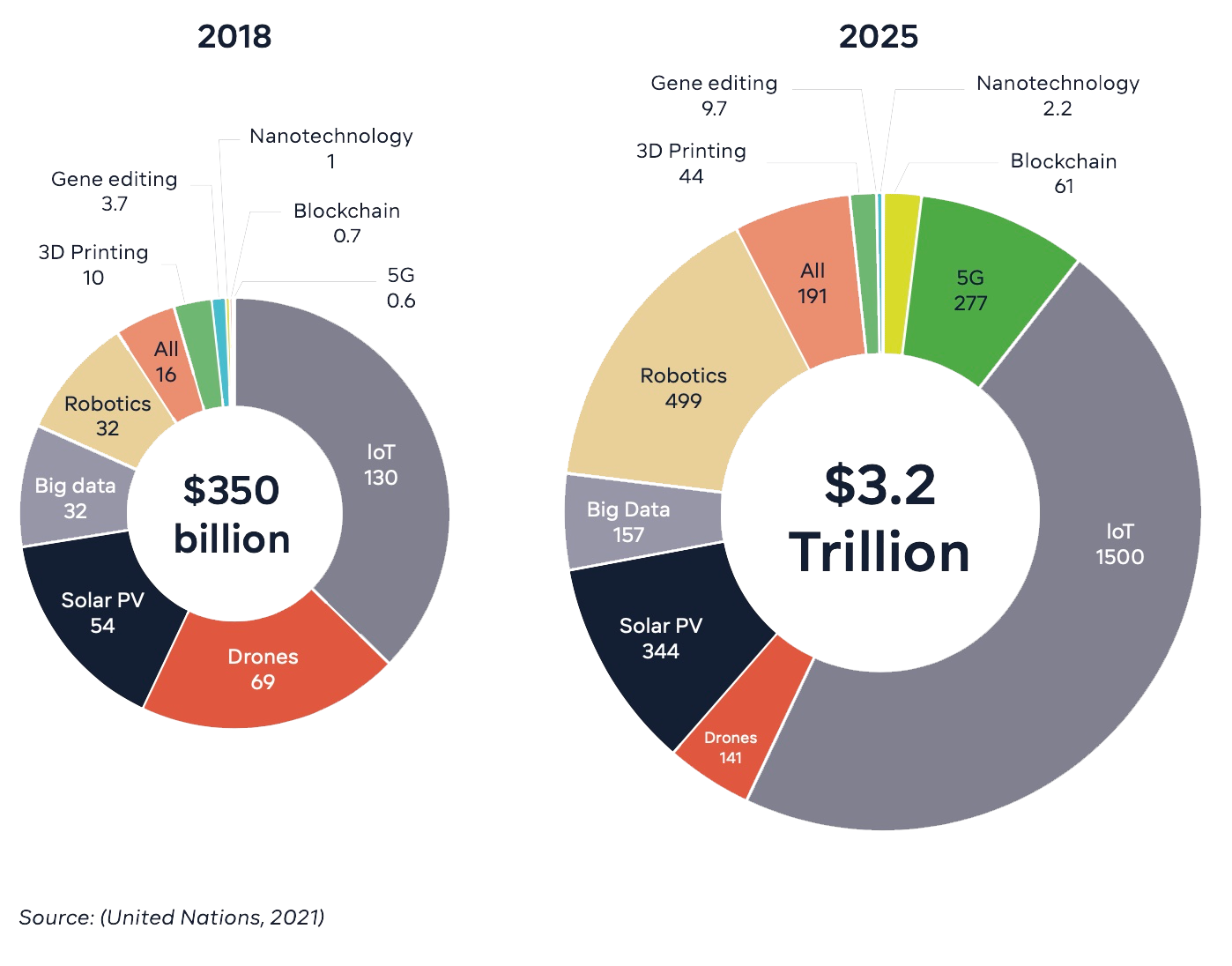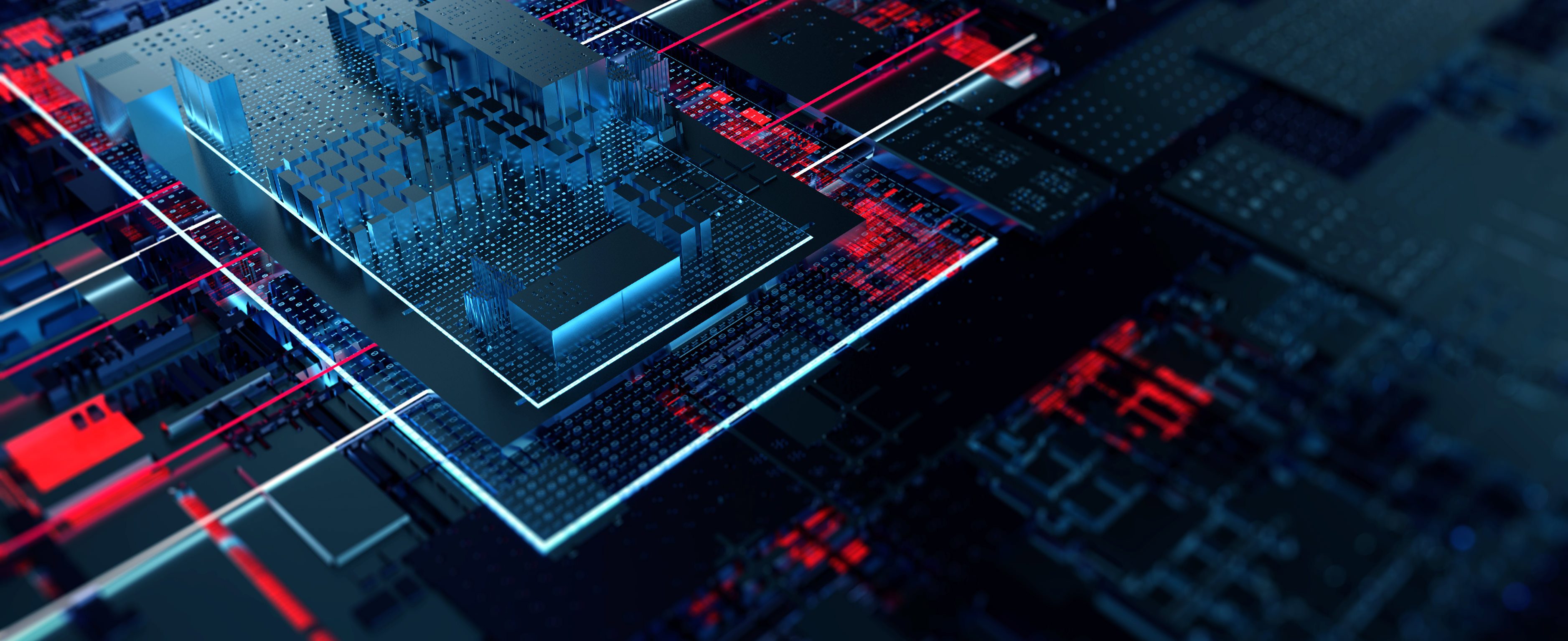The Internet of Things (IoT) is not a new concept and the conceptual “network of smart devices” were discussed as early as the 1980’s, with the first device reportedly being a modified Coca-Cola vending machine becoming the world’s first connected appliance (ARPANET). At a fundamental level, IoT refers to a network of physical objects / devices that have specific functionalities with the added ability to connect to the internet and communicate with others. Fast-forward to today, and we are bombarded with an abundance of smart devices with varying use-cases surrounding our everyday lives.
Thanks to the economies of scale in the production and manufacturing of computer chips, together with ubiquity of wireless networks available, almost anything otherwise “dumb” can be transformed into something with a level of digital intelligence. The added productivity and convenience to be able to remotely gather data, control devices and automate operations from afar has proven to be a real game-changer as the line between the physical and digital world blurs furthermore.
Industry 4.0 - IoT for Business
Often referred in short as IIoT , the fourth industrial revolution describes the process of adopting digital data and smart devices / machines to enable real-time analytics, reporting and communication in order to make business-critical decisions in a more informed and accurate way. Traditional devices and machines lack ability to communicate in an effective way, thereby crippling productivity and process efficiency. IIoT improves this by having equipment that will:
Although IIoT and IoT share similarities, there are distinct differences between them. Broadly speaking, IIoT is used in commercial settings and are responsible for facilitating improved health, safety and efficiencies, often with associated risk should something go amiss. IoT are much more user-centric in nature and aims to improve aspects of our lifestyle without creating life-threatening emergencies should it fail.
As an increasing number of modern businesses focus on streamlining processes in order to maximise efficiency, Industry 4.0 is becoming an area where attention, resources and investment is being heavily funnelled into. RFID tags are one of the first IIoT applications to exist, and as the cost of production continues to fall, we can expect to see almost everything connected to the internet one day, solving many bottlenecks and supply chain issues along the way.

The Security Problems with IoT
Despite being generally well-received, IoT is not without its flaws. As more cost-effective solutions appear in the market and solutions going main-stream, security became a focal point for being the downside of smart devices. It is worthy to note that stereotyping all IoT devices as insecure is generally untrue; this is largely dependent on the manufacturer and should be evaluated on a per-device basis.
The management of a large number of devices, for individuals or organisations alike, is generally challenging. Without proper strategy, devices go unprotected and unsecured. The same problem exists for manufacturers, who are incentivised to produce large volumes at minimal cost. The above issues, coupled with resources required to regularly deploy software / firmware whilst minimising disruption to operations, can be overwhelming and often under-estimated.

What Problems Blockchain Technology Provides a Solution For
In short, Blockchain Technology provides a way to store data in a decentralised, trustless and immutable way. This is important for many business as it allows them to:
Due to the immutable and decentralised nature of most Blockchains, it is inherently more secure (albeit more resource-intensive) than traditional databases.
Blockchain IoT - A Match Made in Heaven
The decentralised and immutable nature of Blockchain works in favour of strengthening IoT devices by ensuring:
Beyond security, there is also huge scope for Blockchain Technology to reduce overall cost and improve efficiency by automating certain transactions or operations that would otherwise be laborious. Code that live on the Blockchain in a decentralised manner ensure legitimacy and governance requirements are met, offering robust protection to the overall system. And whilst speed of transactions is not traditionally considered a forte for Blockchain Technology, having a single decentralised version of truth ensure data from multiple parties can flow much more freely than before, where manual intervention or additional integration efforts may have been required leading to unnecessary inefficiencies.

Relevance to Businesses, Organisations and Governments
The enablement of dependable / authentic traceability is a much sought after luxury for many governments and organisations. It is a common pain point echoed across different industries with supply chain transparency and the ability to capture true, verifiable data being the fundamental centrepiece.
Some of the use cases primed for utilisation of IoT and Blockchain Technology as a collective include ethical sourcing, integrity of medical / clinical results, autonomous automobiles, smart cities, transparent environmental sustainability just to list a few. Due to the wide array of applicability for Blockchain IoT Technologies, the said market is projected to grow at a CAGR of over 73% between 2021-2030 (Source: Precedence Research). The future sees a secure, but inter-connected world where operation efficiency becomes a rising focus.
Roadblocks Ahead
The best implementation and deployment of any technology lies in leveraging the strengths and bridging gaps of any weaknesses that may be present. Blockchain Technology is not without its weaknesses, but all are addressable via mitigation or alternative strategies, context dependent.
Some of the common challenges to consider when the IoT meets Blockchain Technology are as follows.
Privacy and Confidentiality
The problem: depending on the type of Blockchain chosen for implementation, a shared ledger with data can sometimes over-expose sensitive information in an unintended way. Furthermore, techniques such as transaction pattern analysis can be applied in order to infer identities behind publicly accessible keys.
Measures to consider: mitigation of publicly exposed information via private or hybrid / permissioned Blockchains which could better suit private-centric solutions. Prevention of deanonymisation can also be further mitigated by ensuring that IoT devices are configured to avoid centralised / third-party services and generate new or different addresses to receive change or resources.
Weak IoT On-Device Security
The problem: security is only as good as its weakest link in the infrastructure. Although Blockchain Technology is inherently more secure, having out-of-date and sub-par devices on the network will compromise the legitimacy of the on-chain data.
Measures to consider: strengthen the weakest link, which is often the IoT devices themselves, by mandating regular processes to update to latest software / firmware, monitor traffic irregularities on the network, implement additional firewalls and change on-device credentials at regular intervals.
Limitations of IoT Devices
The problem: IoT devices are inherently under-powered and therefore may not be suited to handle computationally expensive communications which, depending on the infrastructure and implementation, may be a requirement. Intensive bandwidth requirements will also not bode well with those devices that are battery-powered and need to be efficient in their power usage.
Measures to consider: a secured gateway or relay device could be the solution in bridging the gap, however careful protocol and security level scrutiny should take place to ensure no additional exploits or weaknesses are introduced resulting from such implementations.
The Next Steps
The convergence of IoT and Blockchain Technology presents an asymmetrically rewarding opportunity for consumers and businesses to find, build and implement solutions that will solve major transparency, trust and security concerns. Only 20% of IoT technologies had blockchain-enabled services and implementations in 2020 (Source: Medium); as the value proposition of integrating IoT into Blockchain increases, so will the desire for consumers, organisations and governments to seek a more robust, secure and dependable infrastructure backed by Blockchain.
Front-run your competition with technology and innovation strategies that yield optimal value. Technologies will only ever be as good as its execution, so having the relevant insight is only one half of the equation to success. Businesses and organisations seeking for direction and relevance should start by looking into real world use cases in their respective industry. Strategy Hubb can then offer tailored strategic guidance on how best to follow-through in realising the intended outcomes.
Disclaimer: Please note that the information provided in this article is not to be considered as financial advice. Please seek advice for your personal or business matters from a qualified professional or make contact with myself or one of the team at Strategy Hubb to tailor custom solutions to accommodate your circumstances.


